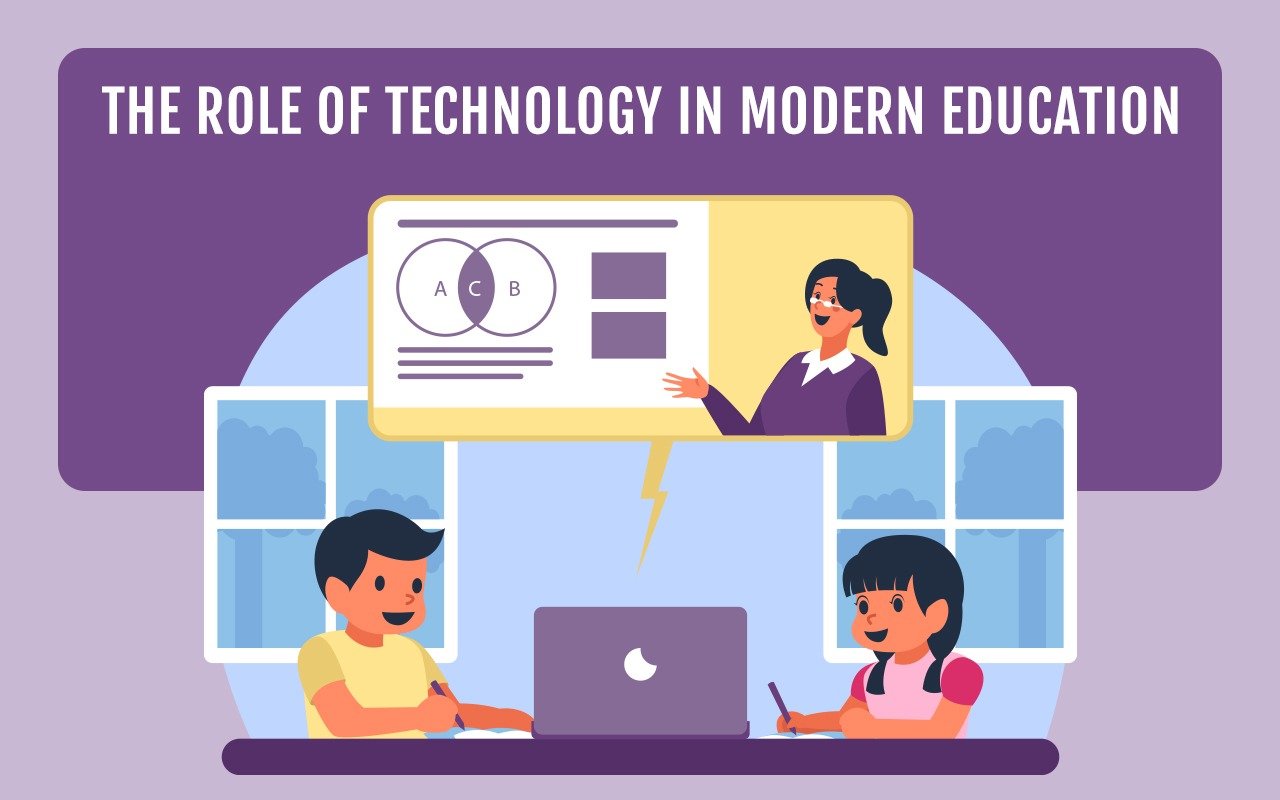Technology has dramatically transformed modern education, making learning more interactive, accessible, and personalized. From digital classrooms to online resources, students now have unprecedented opportunities to expand their knowledge.

E-learning platforms, video tutorials, and virtual simulations allow students to learn at their own pace, catering to individual needs. Teachers can use analytics to track progress, identify challenges, and provide targeted support. This personalized approach enhances understanding and retention.
Technology also bridges educational gaps. Students in remote or underprivileged areas can access quality content, connect with expert educators, and participate in global learning communities. Collaboration tools and digital forums foster interaction and exchange of ideas beyond geographical boundaries.
However, reliance on technology presents challenges, including digital divide issues, screen fatigue, and the need for digital literacy. Educators and policymakers are focusing on balancing technology use with traditional teaching methods to ensure holistic learning experiences.
The integration of technology in education is not just a response to modern demands—it is a long-term evolution that empowers students, supports teachers, and prepares learners for a rapidly changing world. As tools and methodologies continue to improve, education becomes more inclusive, engaging, and effective.

